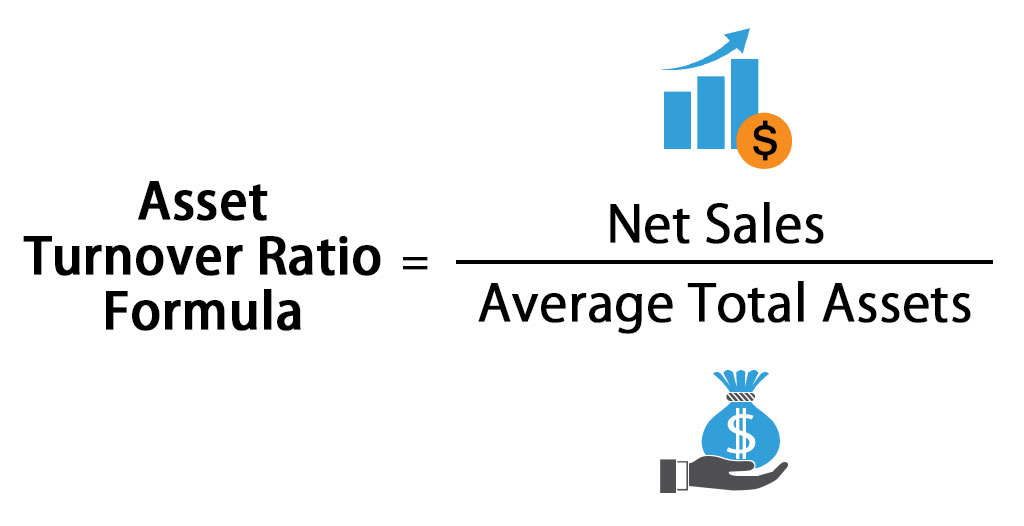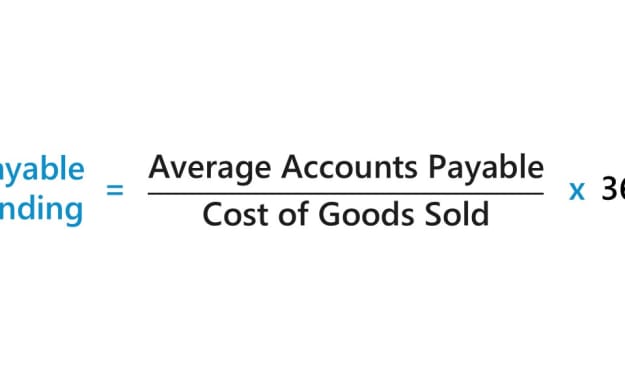Understanding Asset Turnover Ratio with a Lemonade Stand Example
Understanding Asset Turnover Ratio: A Kid-Friendly Explanation for Budding Entrepreneurs!

As a young entrepreneur, you might be interested in understanding how well your business is utilizing its assets to generate revenue. One useful financial ratio that can help you assess this is the Asset Turnover Ratio. In this article, we will explain the concept of Asset Turnover Ratio using a simple example of a lemonade stand to help kids understand this financial metric.
What is Asset Turnover Ratio?
The Asset Turnover Ratio is a financial ratio that measures the efficiency of a company in generating sales or revenue from its assets. It indicates how effectively a company is utilizing its assets to generate sales. The formula for calculating Asset Turnover Ratio is:
Asset Turnover Ratio = Net Sales / Average Total Assets
Net sales represent the total revenue earned by a company from its operations, while Average Total Assets refer to the average value of all the assets owned by the company during a specific period.
Lemonade Stand Example:
Let's consider the example of a young entrepreneur named Alex who runs a lemonade stand. Alex has a lemonade stand business where he sells lemonade to his neighborhood friends during the summer vacation. Alex keeps track of his sales and the value of his assets to calculate the Asset Turnover Ratio for his lemonade stand.
During the summer, Alex earns a total of $500 from selling lemonade. He keeps track of the value of his assets, which include a lemonade dispenser, cups, lemons, sugar, and a table. The total value of his assets at the beginning of the summer is $200, and at the end of the summer, it is $100. So, the average total assets for the summer would be ($200 + $100) / 2 = $150.
Using this information, Alex can calculate his Asset Turnover Ratio as follows:
Net Sales = $500
Average Total Assets = $150
Asset Turnover Ratio = Net Sales / Average Total Assets
= $500 / $150
= 3.33
This means that Alex's lemonade stand generates $3.33 in sales for every dollar invested in assets on average during the summer. A higher Asset Turnover Ratio indicates better asset utilization and efficiency in generating revenue from assets.
Implications of Asset Turnover Ratio:
A high Asset Turnover Ratio indicates that a company is efficiently utilizing its assets to generate sales. It suggests that the company is generating a higher level of sales or revenue with a lower investment in assets, which can be a positive sign for investors and stakeholders.
On the other hand, a low Asset Turnover Ratio may indicate that a company is not efficiently utilizing its assets to generate revenue. It may suggest that the company needs to improve its operations or find ways to generate higher sales with the existing assets.
Summarise
Meet Lily, a young entrepreneur who loves baking cookies. Lily has a small baking business where she bakes and sells cookies to her friends and family. She keeps track of her sales and the value of her assets to calculate the Asset Turnover Ratio for her cookie business.
Lily's baking business has a few assets, which include her baking equipment, ingredients, and packaging materials. The total value of her assets is $100, which she invested in buying baking pans, mixing bowls, spatulas, flour, sugar, chocolate chips, and cookie boxes.
Lily keeps track of her sales and finds out that she earned a total of $200 from selling cookies during the summer vacation. Now, she wants to calculate her Asset Turnover Ratio to assess how effectively she is utilizing her assets to generate revenue.
Using the formula for Asset Turnover Ratio, which is Net Sales divided by Average Total Assets, Lily can calculate her ratio as follows:
Net Sales = $200
Average Total Assets = $100 (since there was no change in the asset value during the summer)
Asset Turnover Ratio = Net Sales / Average Total Assets
= $200 / $100
= 2
This means that Lily's cookie business generates $2 in sales for every dollar invested in assets on average. This implies that her business is able to generate a good amount of sales with the assets she has invested in, indicating efficient asset utilization.
Now, Lily can use this information to make informed decisions about her business. For example, if she wants to increase her sales, she could consider investing in additional baking equipment or ingredients to produce more cookies and meet the demand. Alternatively, she could explore ways to increase her sales without adding more assets, such as by offering special promotions or expanding her customer base.
Conclusion:
Understanding financial ratios like Asset Turnover Ratio can be beneficial for young entrepreneurs in evaluating the efficiency of their business operations. By keeping track of sales and asset values, kids can calculate and interpret the Asset Turnover Ratio to assess how effectively they are utilizing their assets to generate revenue. By analyzing this financial metric, kids can make informed decisions to optimize their business operations and drive success in their entrepreneurial endeavors. So, just like Alex with his lemonade stand, you too can use financial ratios to assess the performance of your business and make strategic decisions to achieve your goals!, the Asset Turnover Ratio is a financial metric that can help kids like Lily assess how effectively they are utilizing their assets to generate revenue in their business ventures. By tracking their sales and asset values, kids can calculate and interpret the Asset Turnover Ratio to optimize their business operations and drive success in their entrepreneurial endeavors.
About the Creator
Tag Business
I Will Providing Various Company Information






Comments
There are no comments for this story
Be the first to respond and start the conversation.